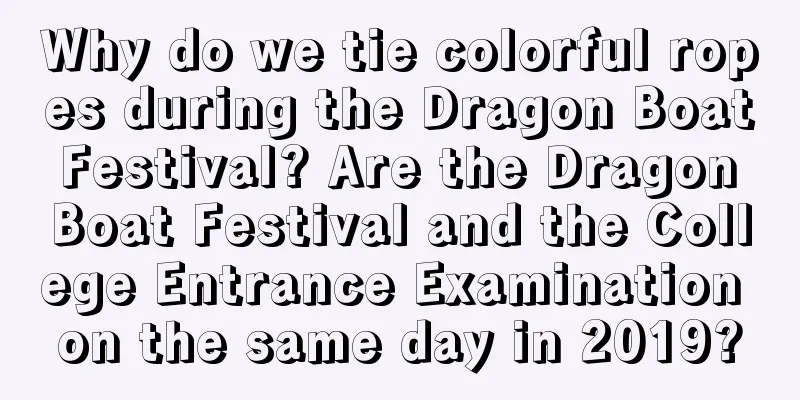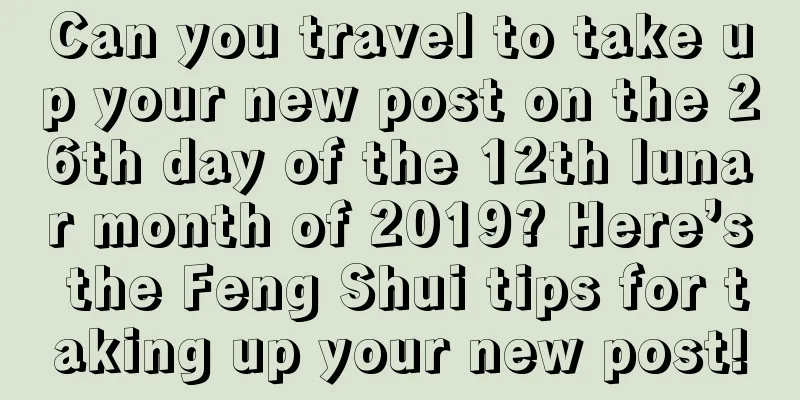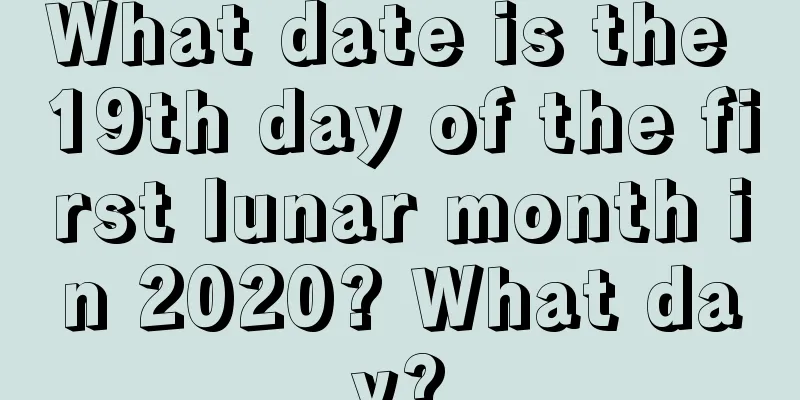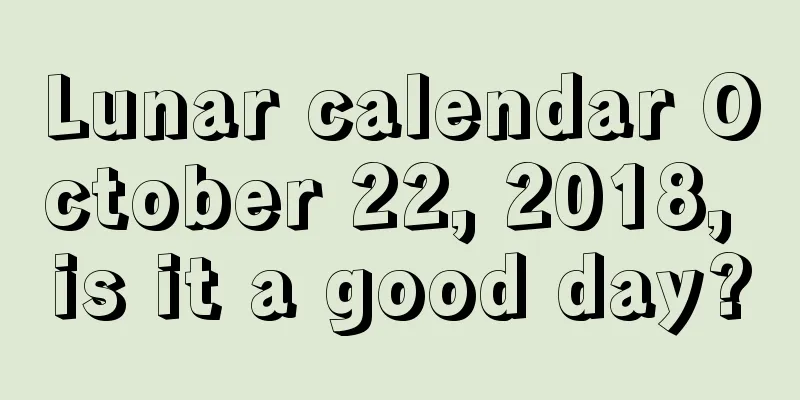Is the Winter Solstice of 2019 an auspicious day for burying the deceased? In which places do people worship their ancestors and visit their graves during the Winter Solstice?
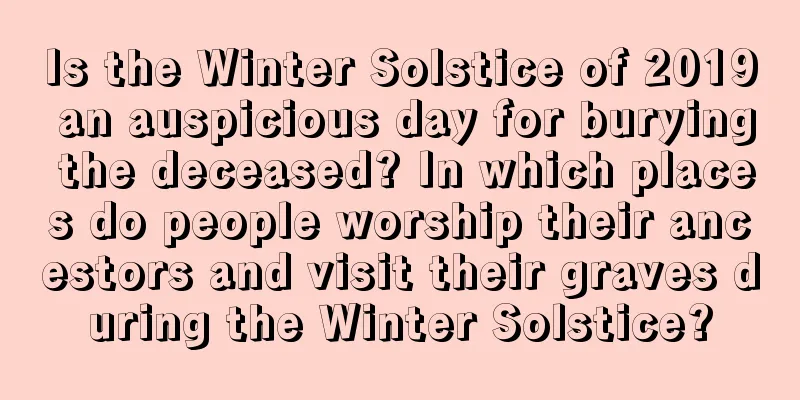
Introduction: It is generally necessary to choose an auspicious day to bury the deceased. So is the Winter Solstice of 2019 an auspicious day for burying the deceased? In which places do people worship their ancestors and visit their graves on the Winter Solstice? In the eleventh month of the lunar calendar, the north wind was biting and the cold current was rolling, brewing a heavy snow. Let’s come to Shuimoxiansheng.com to pay attention to the eleventh month of the lunar calendar in 2019.Is the 2019 Winter Solstice an auspicious day for burying the deceased?Analysis of the 2019 Winter Solstice lunar calendar:Gregorian calendar: Sunday, December 22, 2019 Capricorn Lunar calendar: November 27, 2019: God of the year → Yuanwu (gangster day) Year: Year of the Pig, Zodiac Pig, Month of Bingzi, Day of Guisi Today's suitable things: pray for blessings, get married, set up beds, build stoves, offer sacrifices, accept betrothal gifts, take up a post, seek heirs, remove buildings, break ground, erect pillars, raise beams, plant meridians, build houses, hold funerals, dig wells, and catch fish Today's taboos: Opening the market, setting up securities, collecting money, shipping, burial, moving coffins, breaking ground, burial, collecting livestock, moving, moving into new homes, installing incense, traveling, separation, opening warehouses Based on the above contents of the almanac, we can know that today is an unlucky day. Therefore, the winter solstice of 2019 is not an auspicious day for burying the deceased. It is recommended to choose another auspicious day! In which places do people worship their ancestors and visit their graves during the winter solstice?In Shaoxing, Zhejiang , every family worships their ancestors on the winter solstice. Those who have ancestral halls or family temples will gather their clansmen in the ancestral hall to worship their ancestors, which is called "doing the winter solstice."Hefei, Chaohu and other places in Anhui also have the tradition of "doing winter solstice" around the winter solstice. Generally, people cut paper into clothes for men and women before the winter solstice and send them to the ancestral tomb to be burned on the winter solstice, which is commonly known as "sending winter clothes." After the sacrifice, relatives and friends gather together to drink, commonly known as "Winter Solstice Wine", to remember the deceased and to strengthen their relationships. Some take advantage of the opportunity of the whole family gathering. Deal with some clan affairs. In Guang'an, Sichuan , after offering sacrifices to ancestors in the ancestral temple, the whole clan looks at the family tree and adds the number of people living in the family. In the Chaoshan area , on the day of the winter solstice, people prepare pork, chicken, fish and other sacrificial animals, go to the ancestral hall to worship their ancestors, and then the family sits around the table for a meal. The worship is usually completed before noon, and the family reunites for lunch. In Shaoxing and Xinchang counties in Zhejiang Province , people often visit their ancestors' tombs on the winter solstice, add mud to the graves, remove weeds, and build foundations, believing that this is an auspicious day to start construction. Otherwise, you may encounter unexpected disasters. Inner Mongolia also calls the winter solstice the "Ghost Festival" and people carry incense and paper to the graves to pay tribute. In places like Jiangxi and Changning, Hunan , people also visit graves on the Winter Solstice with the same rituals as during the Qingming Festival. In Linyi, Shandong , people believe that the winter solstice is the day to send winter clothes to the dead and to strengthen the houses. Every household cuts paper clothes, burns them in front of the tomb, and adds soil to the grave. In the coastal areas of Guangdong , such as the Haishan area of Raoping, local fishermen have to worship their ancestors before going out to sea to fish during the Qingzhan period, meaning to ask the gods and ancestors to bless the fishermen to have a safe trip to the sea. In Hui'an, Guangdong , in addition to ancestor worship, there are some customs similar to the Qingming Festival on the Winter Solstice. Expanded content---About the division of the winter solstice solar terms The Winter Solstice is one of the “24 solar terms”. The "Twenty-Four Solar Terms" and the "Twelve Months" are the basic contents of the Ganzhi calendar, which was established in ancient times (or ancient times). According to ancient books, it was the Emperor of Heaven who first created the names of the Heavenly Stems and Earthly Branches to determine the year. The "Twenty-Four Solar Terms" are specific festivals in the Ganzhi calendar that represent seasons, phenology, climate changes, and establish the "Twelve Months". In ancient times, the "Twenty-Four Solar Terms" were determined by the direction of the top of the handle of the Big Dipper. The Ganzhi calendar divides a year into the "Twelve Chen" (twelve months). "Jian" represents the direction of the top of the handle of the Big Dipper. The handle rotates to point to the "Twelve Chen" in turn. In traditional culture, the Ganzhi time is linked to the directions and the Eight Trigrams. The Yin position is the "Gen" position of the Later Heaven Eight Trigrams, which is the direction where the end of the year and the beginning of the new year meet, representing the end and the beginning. For example, "The Book of Changes: The Commentary on the Trigrams" says: "Gen is the hexagram of the northeast, where all things end and begin." Therefore, the handle of the dipper starts from the northeast (the position of Yin, the position of Gen in the Eight Trigrams) and rotates through the south, west, and north once, which is one cycle. It starts with the Beginning of Spring and ends with the Great Cold. When the handle of the dipper points to the "Zi" position in the north, it is the winter solstice. Your fortune will change over the years, but if you predict and understand it in advance, you can nip it in the bud and make full preparations, making your life journey smoother! To calculate your fortune for the next ten years, please click on the "Quality Calculation" below . We will reveal your exclusive fortune to you and wish you good luck and safety! |
Recommend
Is it a good idea to pick up the car on the ninth day of the eleventh lunar month in 2020?
Is it a good idea to pick up the car on the ninth...
Is it okay to get married or engaged on the eighth day of the eighth lunar month in 2020? Is it a good day?
The eighth month of the lunar calendar is halfway...
Is May 13th of the lunar calendar 2019 a good day? Is it suitable for signing a contract?
In May, cicadas break out of the soil and climb up...
When is the Mid-Autumn Festival in 2018? What is your fortune on this day?
It is the Mid-Autumn Festival again. Let’s take a ...
Is October 24th of the lunar calendar, the Year of the Rat, 2020, a good day to move?
Good things always like to happen in winter, beca...
Is February 18, 2019 a good date to open a new store or company?
If you want to know more about the second month o...
Which zodiac sign is in conflict with the 26th day of the twelfth lunar month in 2020? Is this day suitable for breaking ground on renovations?
Introduction: Every day has good and bad luck, so ...
Is it okay to open the day before the Rain Water in 2020? Will there be a late spring cold snap in 2020?
Introduction: You also need to choose an auspiciou...
If you want to have a baby in June of the lunar calendar in 2021, which month will the baby be born?
It takes a certain amount of time for the baby in ...
My husband is a horse and I am a monkey. Can we have a dog child in 2018?
Introduction: Babies are the hope of the future, a...
Introducing 20 taboos of the Ghost Festival! Which of the three ghost festivals is the most powerful?
Speaking of taboos, I believe everyone is familiar...
Good days for moving in May of the lunar calendar in 2018, things to pay attention to when moving
Moving, whether it is to a new home or to a rented...
Is September 10, 2017 a good date for Teachers’ Day? Is the engagement date appropriate?
Introduction: Engagement is one of the traditional...
Is it good or bad to analyze the fate of people born on New Year’s Day under the zodiac sign of Rat?
The fate of people born in the Year of the Rat at ...
Is it a good idea to offer sacrifices and sweep tombs on the Summer Solstice on May 19th of the lunar calendar in 2019? What are the customs of the Summer Solstice?
Introduction: The Summer Solstice is also one of t...
